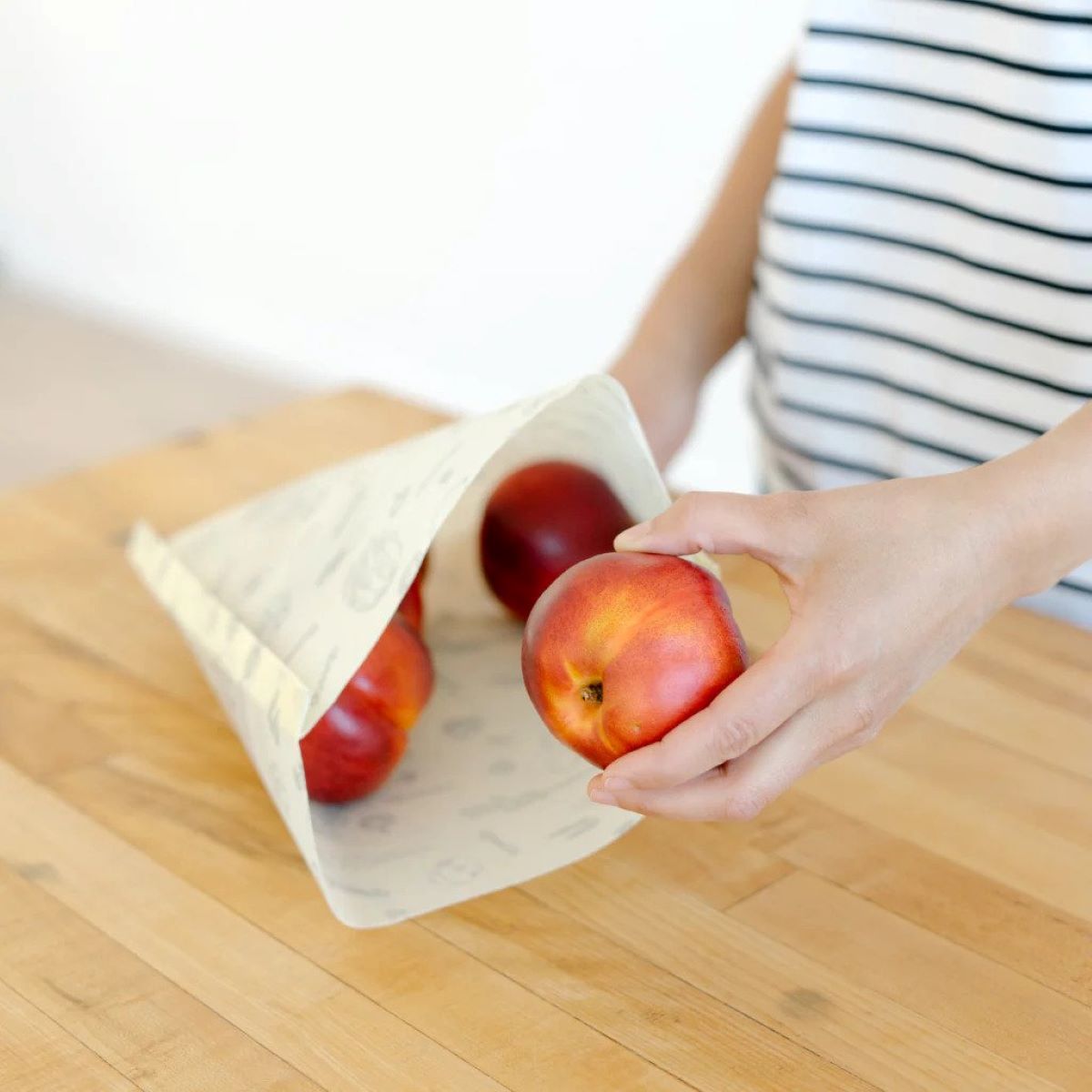

Articles
How To Store Stone Fruit
Modified: December 7, 2023
Learn the best techniques for storing stone fruit in this informative collection of articles. Keep your favorite fruits fresh and delicious for longer periods of time.
(Many of the links in this article redirect to a specific reviewed product. Your purchase of these products through affiliate links helps to generate commission for Storables.com, at no extra cost. Learn more)
Introduction
Welcome to the world of stone fruit! Known for their juicy and flavorful flesh, stone fruits such as peaches, cherries, plums, and apricots are a delightful addition to any summer spread. Whether you’ve harvested an abundance of these fruits from your own garden or found a great deal at the local farmers market, knowing how to properly store them is essential for preserving their freshness and flavor.
In this article, we will guide you through the process of storing stone fruit to ensure maximum enjoyment and prevent spoilage. From choosing ripe fruit to utilizing different storage methods, we’ve got you covered. So, let’s dive in!
Key Takeaways:
- Choose ripe stone fruit by looking for vibrant colors, sweet aroma, and slight firmness. Handle with care, remove damaged fruit, and store at room temperature for short-term enjoyment.
- Extend stone fruit’s shelf life by refrigerating to slow ripening, freezing for long-term preservation, and handling with care to prevent spoilage. Enjoy the flavors of summer all year round!
Read more: How To Store Fruit
Choosing Ripe Stone Fruit
When it comes to storing stone fruit, selecting ripe ones is a crucial first step. The ripeness of the fruit determines how long it will last and how good it will taste. Here are some tips for choosing ripe stone fruit:
- Color and Texture: Look for stone fruit that has vibrant colors and feels slightly firm, but not too hard. Avoid fruits that have bruises, mold, or blemishes.
- Aroma: Take a whiff of the fruit – ripe stone fruit should have a sweet and fragrant aroma. If it doesn’t smell like anything, it may not be fully ripe.
- Give it a gentle squeeze: Gently squeeze the fruit to feel its firmness. It should have a slight give but not be too soft or mushy.
- Weight: Ripe stone fruit tends to feel heavy for its size. Heavier fruit indicates that it is juicy and ripe.
Keep in mind that different types of stone fruit have slightly different ripeness indicators. For example, peaches should have a golden undertone and a slight blush, while plums should have a deep and even color. It’s always helpful to do some research or ask the vendor for specific tips on selecting ripe fruit for each variety.
If you’re not planning to consume the stone fruit immediately, it’s better to buy slightly underripe fruit. This will give you some time to properly store and ripen them at home to enjoy them at their peak flavor. Now that we have chosen the perfect fruit, let’s explore how to prepare it for storage.
Preparing Stone Fruit for Storage
Before storing stone fruit, it’s important to prepare them properly to ensure they stay fresh for as long as possible. Here are some steps to follow:
1. Wash the fruit: Start by rinsing the fruit under cool water to remove any surface dirt or residue. Gently pat them dry with a clean towel.
2. Remove any damaged fruit: Inspect the fruit carefully and discard any pieces that have bruises, cuts, or signs of rot. Removing damaged fruit prevents them from spoiling and affecting the quality of the other fruit.
3. Remove stems and leaves: For stone fruits like peaches and plums, remove the stems and any attached leaves. This not only improves the appearance but also helps prevent the fruit from rotting at the stem area.
4. Leave the skin intact: Unlike some other fruits, it’s best to store stone fruit with their skin intact. The skin acts as a protective layer, helping to keep the fruit fresh and preventing moisture loss.
5. Do not wash the fruit again: Once you’ve washed and dried the fruit, refrain from washing them again before storing. Excess moisture can promote the growth of mold and bacteria, leading to spoilage.
It’s important to handle the fruit gently during the preparation process to avoid causing any additional damage. Once you’ve prepared the stone fruit, it’s time to choose the most suitable storage method based on your needs and the fruit’s ripeness. Let’s explore the different options in the next sections.
Storing Stone Fruit at Room Temperature
If you plan to consume your stone fruit within a few days, storing them at room temperature can be a great option. Here’s how to do it:
1. Find a cool and well-ventilated area: Choose a location away from direct sunlight, heat sources, and areas with high humidity. A countertop or a fruit bowl in a cool spot in your kitchen is an ideal choice.
2. Arrange the fruit properly: Place the stone fruit in a single layer, making sure they do not touch each other. This allows for proper air circulation and prevents any potential bruising.
3. Check for ripeness: Keep an eye on the fruit and check for ripeness regularly. As the fruit ripens, it will become softer and develop a sweeter aroma. Once the fruit reaches your desired level of ripeness, it’s time to consume it to enjoy its peak flavor.
4. Rotate the fruit: To ensure that all sides of the fruit receive equal airflow, rotate them occasionally. This helps in preventing any spots from becoming too ripe or developing mold.
5. Monitor for spoilage: Regularly inspect the fruit for any signs of spoilage, such as mold, soft spots, or an unpleasant odor. If you notice any spoiled fruit, remove it immediately to prevent it from affecting other fruit.
Storing stone fruit at room temperature is a great option when you want the fruit to ripen further or plan to consume it within a short period. However, keep in mind that room temperature storage may cause the fruit to ripen faster, so it’s important to monitor them closely. If you need to store the stone fruit for a longer duration or want to slow down the ripening process, refrigeration might be a better option, as we will explore in the next section.
Storing Stone Fruit in the Refrigerator
If you want to extend the shelf life of your stone fruit or slow down the ripening process, storing them in the refrigerator is a wise choice. Follow these steps to store stone fruit in the refrigerator:
1. Select the optimal temperature: Set your refrigerator to a temperature between 32°F (0°C) and 40°F (4°C). This temperature range helps maintain the quality and freshness of the fruit.
2. Keep the fruit unwashed: It’s important to store stone fruit in the refrigerator without washing them. Washing before refrigeration can increase the moisture content and promote the growth of mold.
3. Place the fruit in a breathable bag: To protect the fruit and prevent it from absorbing moisture, place it in a breathable bag, such as a perforated plastic bag or a paper bag. This allows for a controlled airflow, preventing condensation that can lead to spoilage.
4. Store in the crisper drawer: For optimal storage, place the bagged fruit in the crisper drawer of your refrigerator. The crisper drawer provides a slightly higher humidity level compared to other parts of the fridge, which helps maintain the fruit’s moisture.
5. Separate ethylene-producing fruits: Some fruits, like apples and bananas, release ethylene gas that can speed up the ripening process of stone fruit. To prevent this, store stone fruits separately from ethylene-producing fruits or place them in different bags.
6. Check for ripeness frequently: Keep a close eye on the ripeness of the fruit. If you notice that the fruit is approaching your desired level of ripeness, transfer it to room temperature to enjoy it at its best.
By refrigerating stone fruit, you can extend their shelf life by a few days to up to a week, depending on the fruit’s initial ripeness. This method is particularly useful when you have a large quantity of fruit or want to enjoy them over an extended period. However, keep in mind that refrigeration can slightly alter the texture of the fruit, making it firmer than at room temperature.
Store stone fruit such as peaches, plums, and nectarines at room temperature until ripe, then refrigerate to slow down ripening process and extend shelf life.
Read more: How To Store Fruit To Avoid Fruit Flies
Freezing Stone Fruit
Freezing stone fruit is an excellent way to preserve them for an extended period. Here’s a step-by-step guide on how to freeze stone fruit:
1. Wash and dry the fruit: Start by washing the stone fruit under cool water to remove any dirt or residue. Pat them dry with a clean towel.
2. Remove the pits: Cut the stone fruit in half and remove the pits. You can also slice the fruit into wedges or leave them whole, depending on your preference.
3. Choose your freezing method: There are two methods for freezing stone fruit: dry pack and syrup pack.
– Dry pack: Place the fruit slices or halves in a single layer on a baking sheet lined with parchment paper. Make sure they are not touching each other. Freeze the fruit for a few hours or until they are firm. Once frozen, transfer them to a freezer-safe bag or container, removing as much air as possible before sealing. Label the container with the date of freezing.
– Syrup pack: If you prefer a slightly sweeter taste and want to maintain the fruit’s texture, you can pack the stone fruit in a sugar syrup before freezing. To make the syrup, combine 2 cups of water and 1 cup of sugar in a saucepan. Bring the mixture to a boil and stir until the sugar dissolves. Allow the syrup to cool completely. Place the fruit in freezer-safe containers or bags and pour enough syrup to cover the fruit. Leave some space at the top of the container to allow for expansion during freezing. Seal the containers and label them with the date.
4. Store in the freezer: Place the packed stone fruit in the freezer and make sure they are stored in a flat and stable position. Be mindful not to stack heavy items on top of them to avoid crushing the fruit.
5. Properly thaw before use: When you’re ready to use the frozen stone fruit, transfer the desired amount to the refrigerator and allow it to thaw overnight. Thawing the fruit slowly in the refrigerator helps retain its texture and flavor.
Frozen stone fruit can be stored for up to 8-12 months, depending on the quality and variety of the fruit. They are perfect for using in smoothies, baked goods, or even as a topping for yogurt or ice cream. Enjoy the taste of ripe stone fruit even during the off-season by freezing them when they are at their peak.
Extending the Shelf Life of Stone Fruit
Stone fruit is known for its delicious flavor and juiciness, but it can be quite perishable if not stored properly. Here are some additional tips to help extend the shelf life of your stone fruit:
1. Handle with care: Stone fruit can bruise easily, so handle them gently to avoid any damage. Excessive pressure or rough handling can lead to quicker spoilage.
2. Store properly: Follow the storage guidelines mentioned earlier, either at room temperature or in the refrigerator, depending on your needs. It’s crucial to store the fruit in a cool and well-ventilated area to prevent premature spoilage.
3. Avoid stacking: When storing stone fruit, avoid stacking them on top of each other. Stacking can increase the pressure on the fruit, causing it to bruise and spoil faster.
4. Separate ripe and unripe fruit: If you have a mixture of ripe and unripe stone fruit, it’s best to store them separately. Ripe fruit tends to release ethylene gas which can accelerate the ripening process of unripe fruit. By keeping them separate, you can control their ripening.
5. Use the first-in, first-out method: If you have multiple batches of stone fruit, make sure to use the oldest ones first. This helps prevent any fruit from sitting too long and increases the chances of consuming the fruit at its freshest.
6. Prevent exposure to moisture: Moisture can encourage the growth of mold and bacteria, leading to spoilage. Ensure that the fruit remains dry during storage and avoid storing them in plastic bags without proper ventilation.
7. Regularly check for spoilage: Take a moment to inspect your stone fruit regularly for any signs of spoilage. This includes looking for mold, soft spots, or an unpleasant odor. Remove any spoiled fruit immediately to prevent it from affecting the others.
Remember, while these tips can help extend the shelf life of stone fruit, it’s essential to consume the fruit within a reasonable time frame for the best flavor and quality. The fresher the fruit, the more enjoyable your culinary experience will be.
Tips for Preventing Spoilage
To ensure your stone fruit stays fresh and delicious for as long as possible, here are some additional tips to prevent spoilage:
1. Avoid overcrowding: Proper air circulation is essential to prevent the accumulation of moisture and the growth of mold. Avoid overcrowding the fruit in storage containers or bags, allowing for space between each piece.
2. Store away from strong-smelling foods: Stone fruit can absorb odors from strong-smelling foods like onions and garlic. Keep them stored separately to prevent any unwanted flavor transfer.
3. Check for rot: Regularly inspect your stored stone fruit for any signs of rot. If you notice any soft spots, mold, or foul smells, remove the affected fruit immediately to prevent the spread of spoilage.
4. Use within a reasonable timeframe: While storing stone fruit can help prolong their shelf life, it’s best to consume them within a reasonable amount of time. As time passes, the fruit can lose its flavor, texture, and nutritional value.
5. Consider canning or preserving: If you have a surplus of stone fruit, consider canning or preserving them. This allows you to enjoy the fruits well beyond their natural shelf life. Follow proper canning techniques and recipes to ensure food safety.
6. Make use of ripe fruit: If you have ripe stone fruit that you won’t be able to consume before they soften further, consider using them in recipes like jams, sauces, pies, or desserts. This way, you can still enjoy the fruit’s flavor even if they are no longer suitable for fresh consumption.
7. Keep an eye on temperature and humidity: Regularly monitor the temperature and humidity levels in the storage area to ensure they remain within the optimal range for stone fruit. Fluctuations in temperature or high humidity levels can accelerate spoilage.
Remember that these tips can help prevent spoilage, but it’s important to use your judgment and common sense when evaluating the freshness of the fruit. Trust your senses – if the fruit looks, smells, or feels off, it’s better to err on the side of caution and discard it to prevent any potential health risks. Enjoy your stone fruit while they are at their best and savor the flavors of the season!
Conclusion
Properly storing stone fruit is essential for preserving its freshness, flavor, and nutritional value. Whether you have an abundant harvest from your garden or purchased a variety of stone fruit from the market, following the right storage methods will help you enjoy the fruits for an extended period.
In this article, we explored the importance of choosing ripe stone fruit and how to prepare them for storage. We discussed the options of storing stone fruit at room temperature and in the refrigerator, as well as the process of freezing them for longer-term preservation. Additionally, we provided tips for extending the shelf life of stone fruit and preventing spoilage.
By adhering to the guidelines outlined in this article, you can ensure that your stone fruit stays fresh, juicy, and delicious. Whether you’re enjoying them as a healthy snack, incorporating them into recipes, or preserving them for future use, proper storage techniques will allow you to savor the flavors of stone fruit long after the peak of the season.
Remember to handle the fruit with care, monitor their ripeness, and adjust your storage methods accordingly. Regularly check for signs of spoilage and discard any fruit that shows signs of deterioration to prevent the spread of mold or bacteria.
Stone fruit brings us the joys of summer with their luscious sweetness. By following the tips and techniques discussed in this article, you can extend the life of your stone fruit and continue to savor their taste and aroma. So, make the most of this delightful fruit and enjoy the flavors of summer all year round!
Frequently Asked Questions about How To Store Stone Fruit
Was this page helpful?
At Storables.com, we guarantee accurate and reliable information. Our content, validated by Expert Board Contributors, is crafted following stringent Editorial Policies. We're committed to providing you with well-researched, expert-backed insights for all your informational needs.
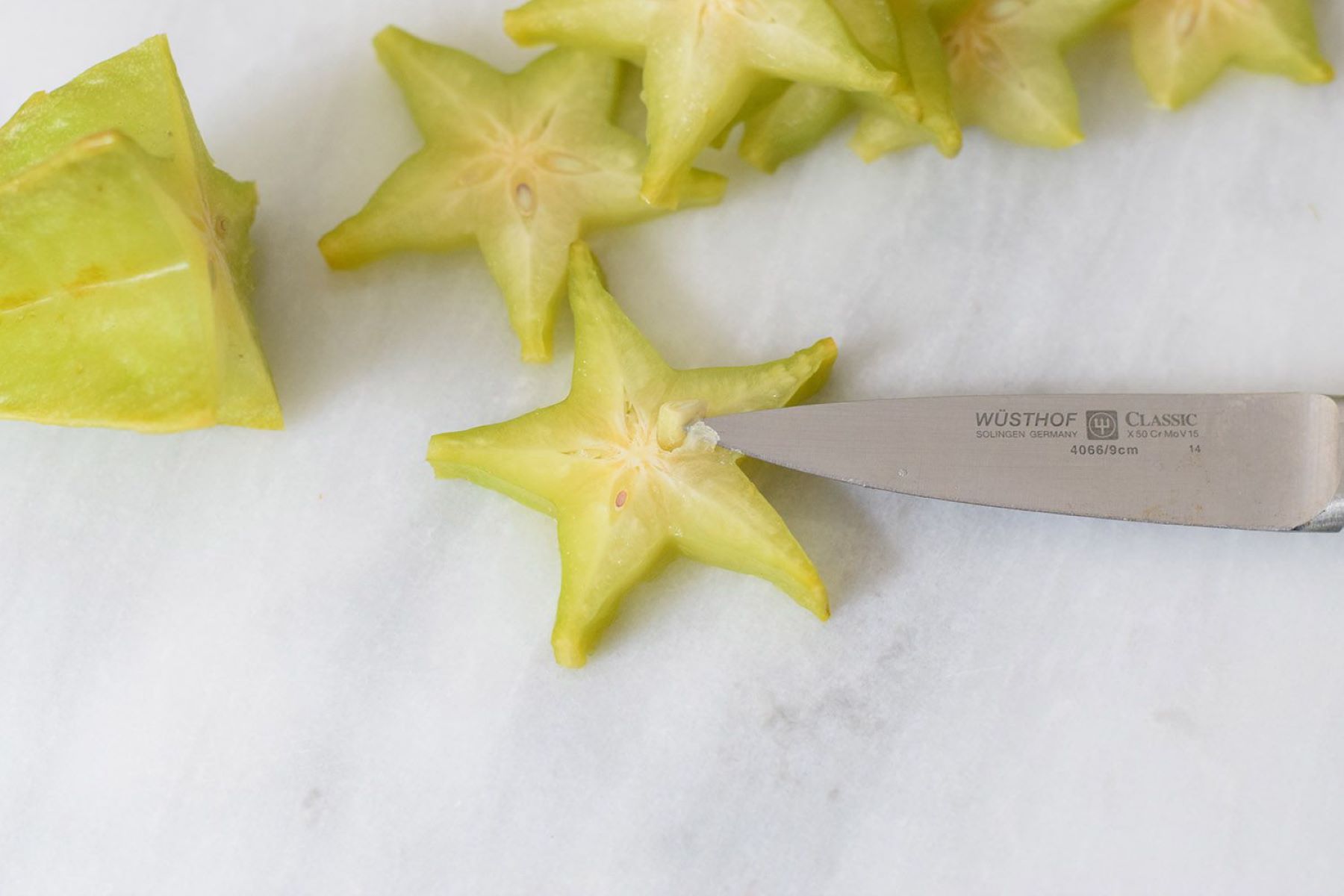


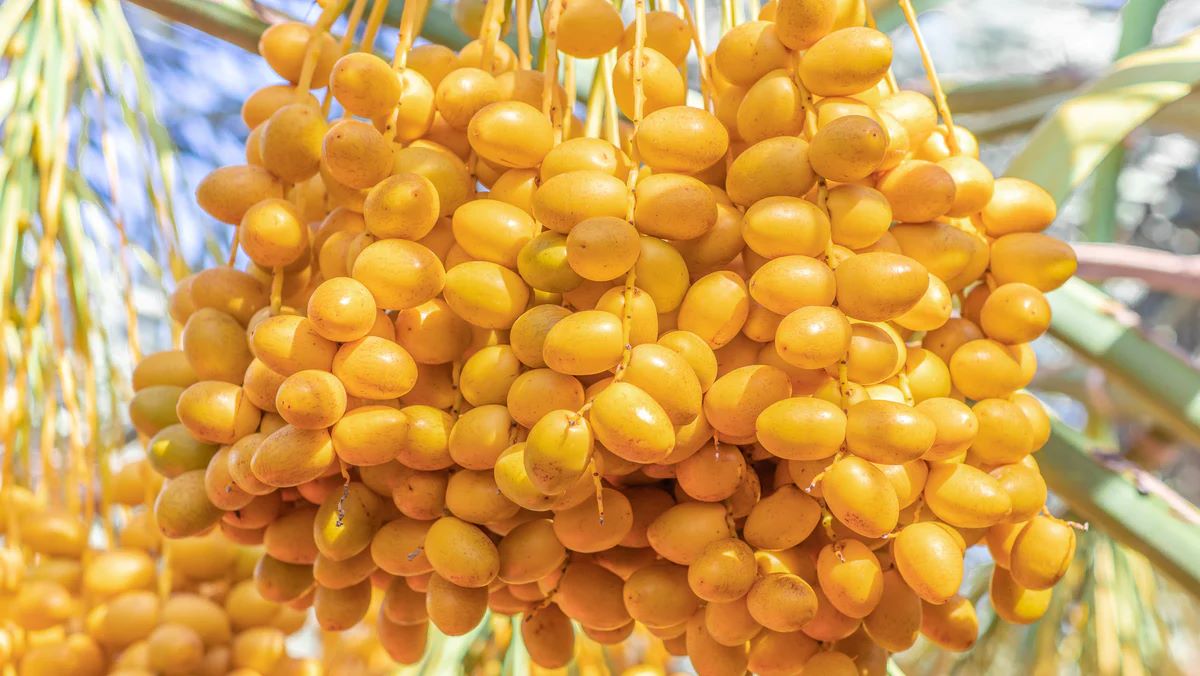

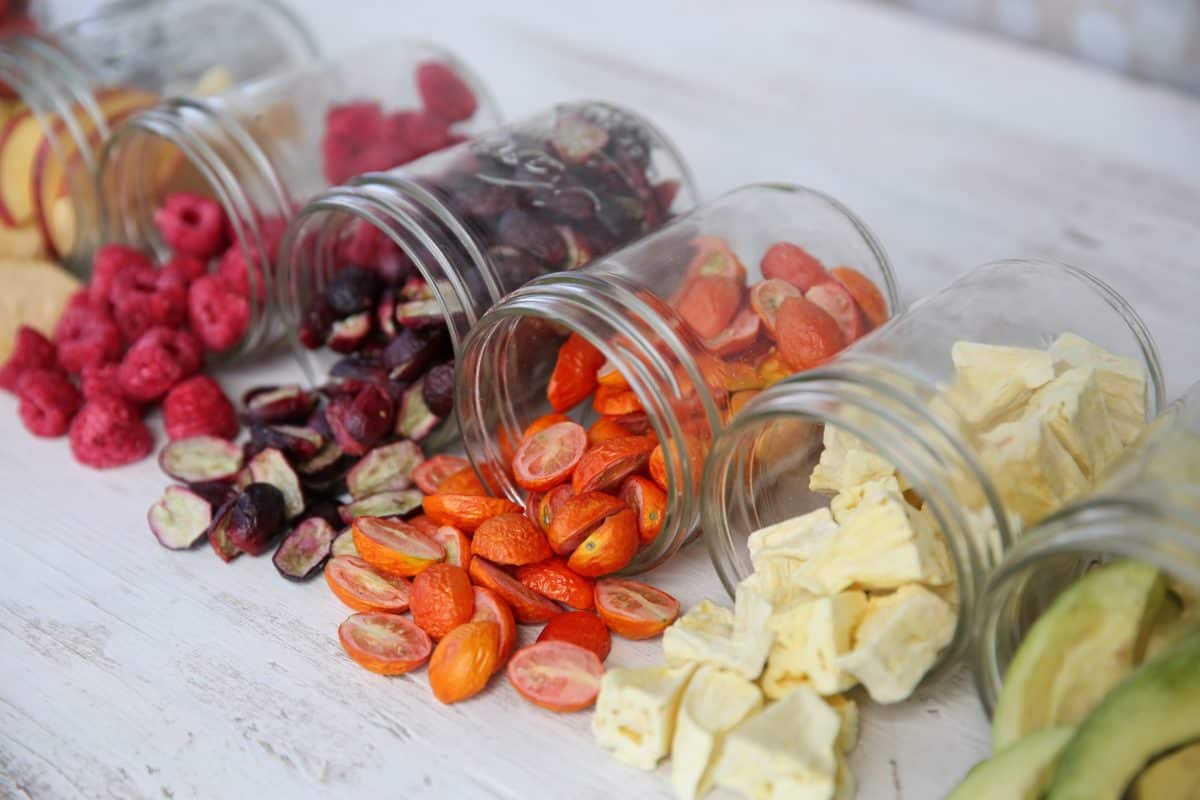
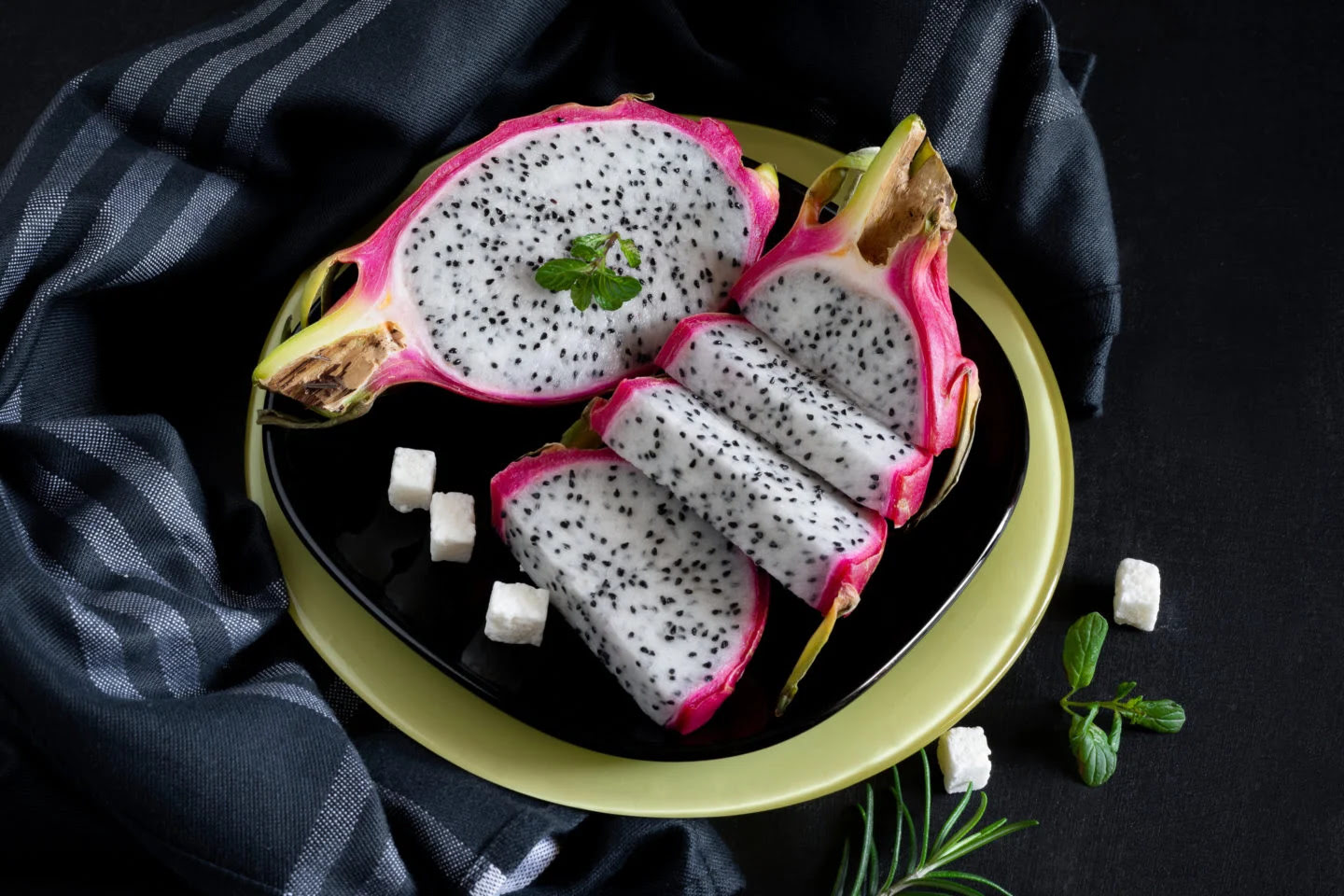
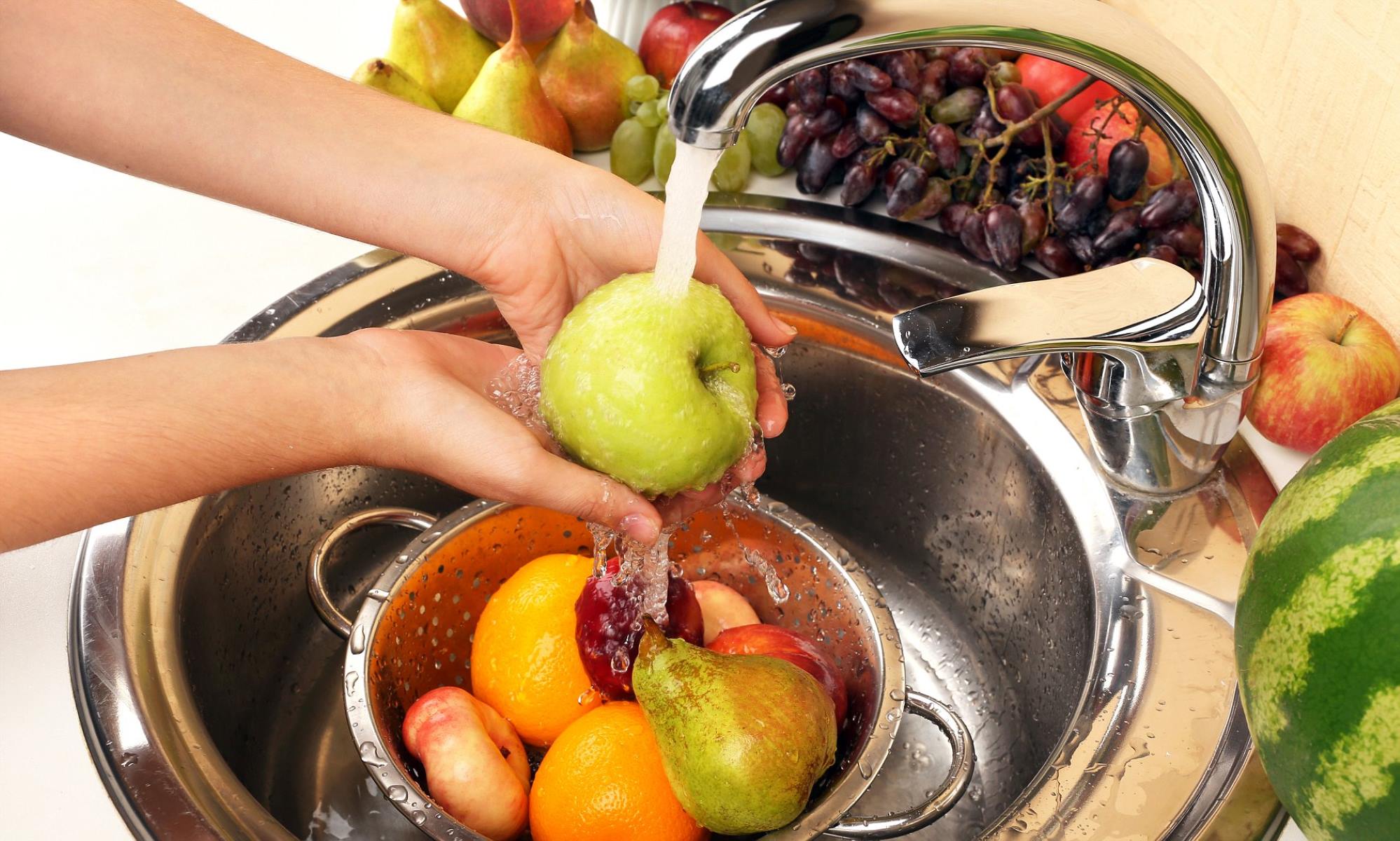
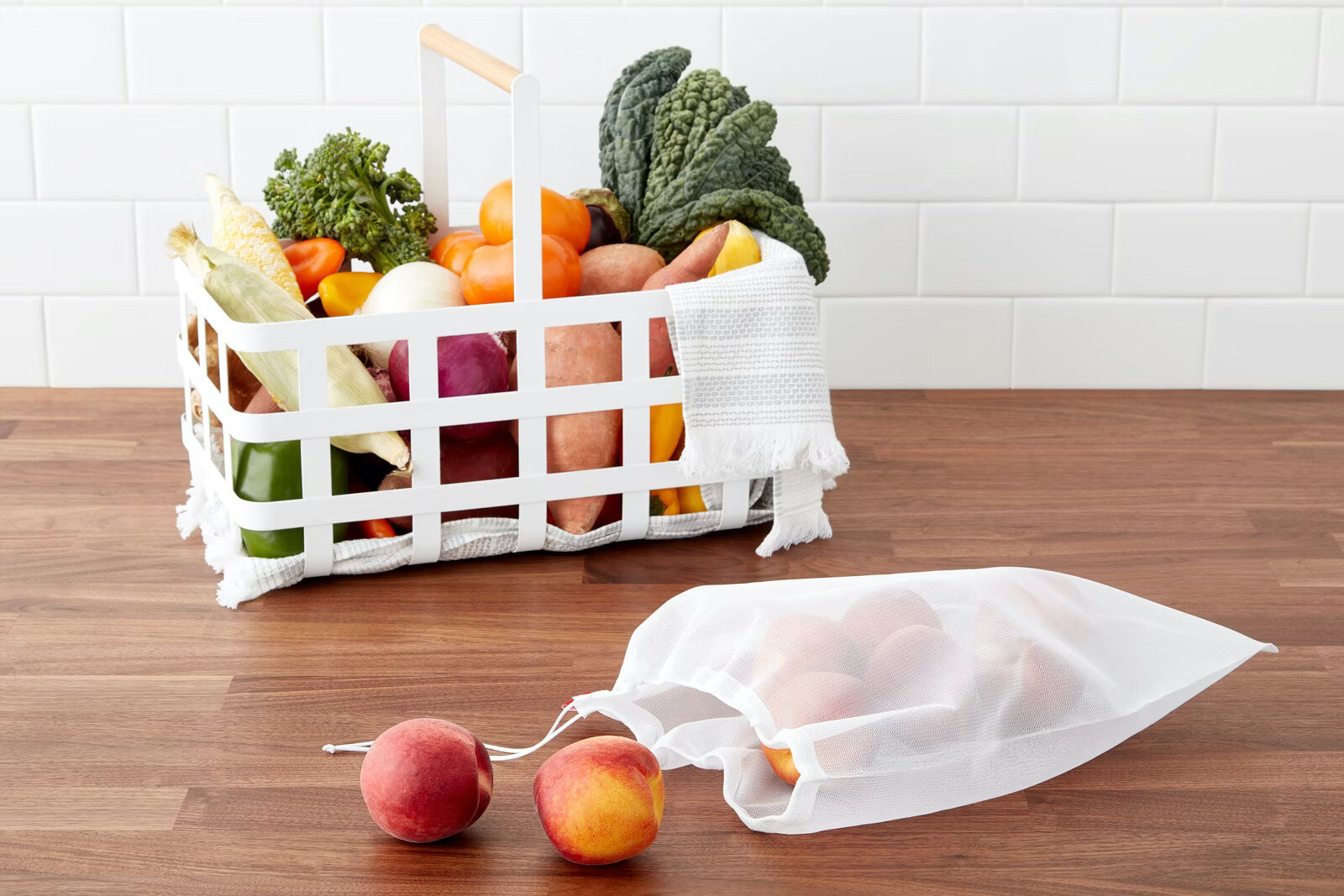
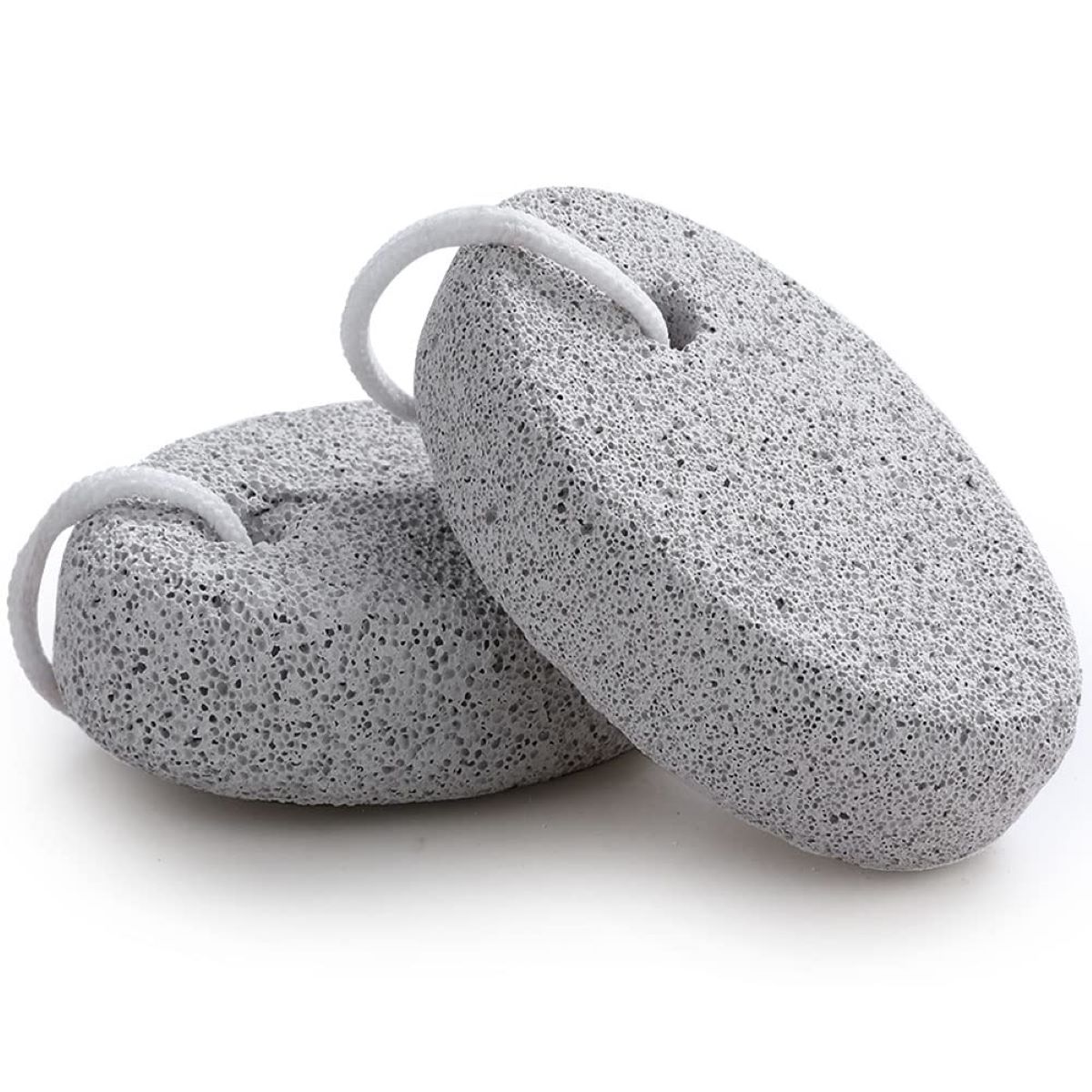


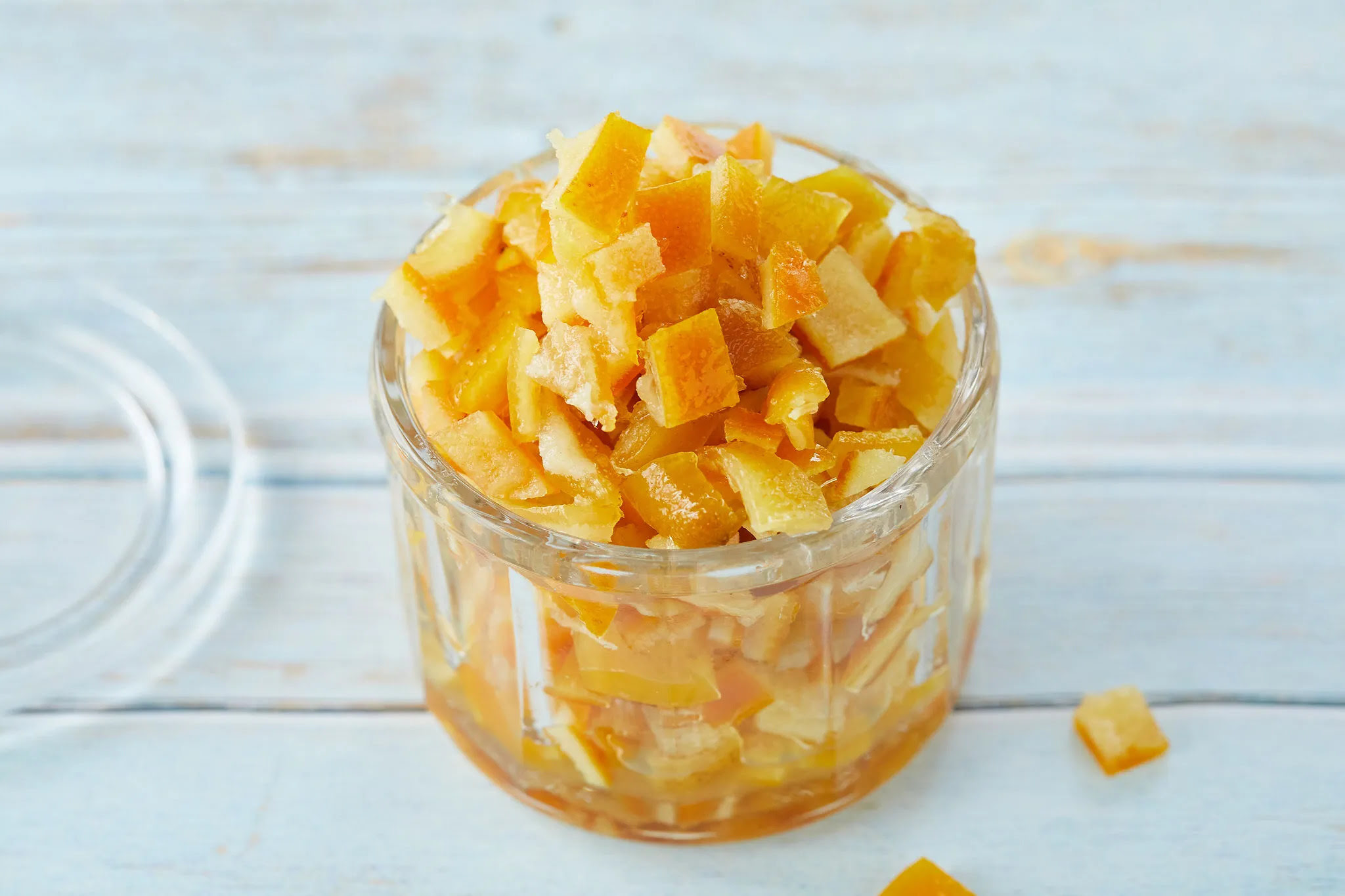
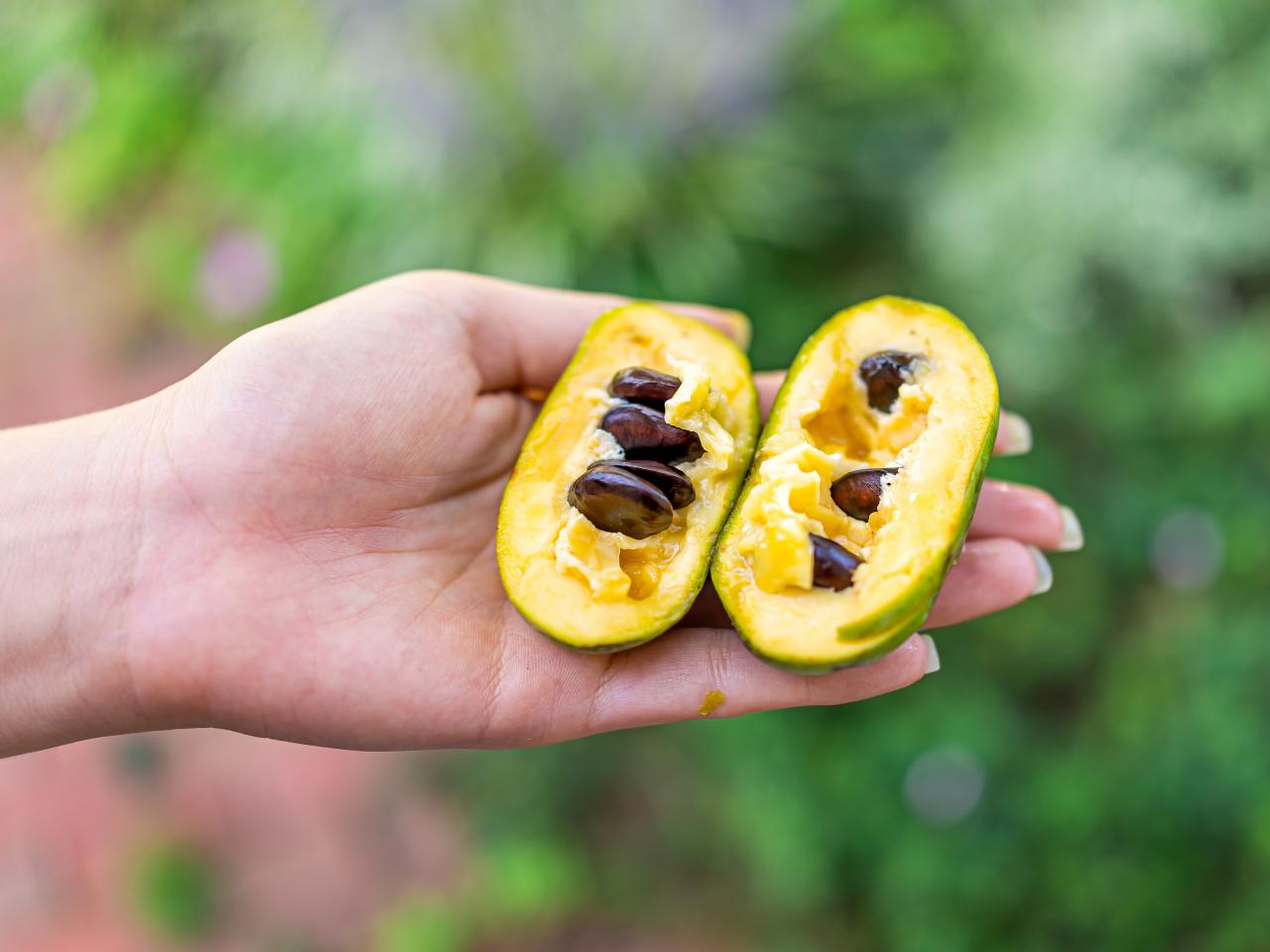

0 thoughts on “How To Store Stone Fruit”